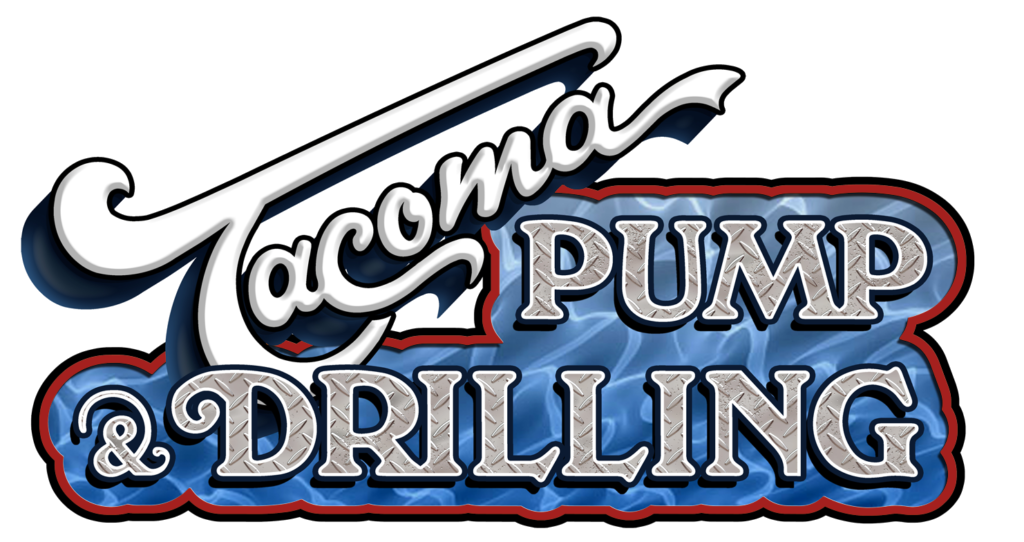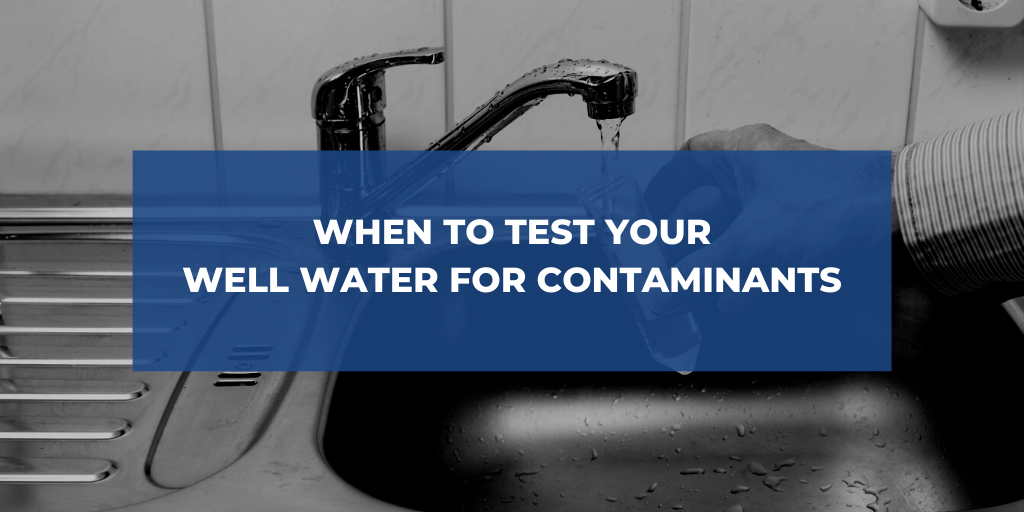Clean drinking water is an important part of our daily lives, and something we often take for granted. When we use public water supplies, we depend on our cities and states to monitor our drinking water for contaminants. When it comes to private water wells, however, it is up to the owner to regularly test the water.
Private water wells are a great source of water for your home and a popular option in Washington State. Keeping your water supply safe and clean is just a matter of following these simple well water contaminant guidelines.

Why Test for Contaminants?
Many of the chemicals or bacteria that enter our water supplies are undetectable. The most common well water contaminants don’t cause any change to the water’s taste, appearance, or smell, but can cause harm to our bodies.
Some of the most common of these contaminants include coliform bacteria (such as E. coli) and nitrates. According to the Centers for Disease Control, coliforms are microbes found in soil, plants, surface, water, and the digestive systems of warm-blooded animals. While these microbes are not typically dangerous on their own, a high level of coliform often indicates the presence of harmful viruses, bacteria, or parasites.
Testing your well water also reveals information about the health and safety of your entire system. Tests look for a variety of water quality indicators (WQIs). Indicators include pH, which—when not balanced properly—leads to other issues such as damaged pipes. When your pipes are damaged, heavy metals leech into your drinking water.
The most common sources of contaminants in private water wells include:
- Failing septic systems
- Flooding or other land disturbances
- Broken water lines
- Fertilizers and pesticides
- Unmaintained well equipment
- Nearby livestock or waste disposal sites
Any of the above sources can cause unexpected contamination of your drinking water. This, in turn, can cause health issues or unsafe water consumption for those in your household.
When to Test Your Well Water
The Washington State Department of Health, as well as the CDC and most local health departments, all recommend having your well water tested at least once a year for coliform bacteria and nitrate.
If your nitrate level is 5 milligrams per liter or slightly higher, then the DOH also recommends retesting within 6 months. This allows you to monitor any unhealthy change in nitrate levels before it becomes an issue of health for your household.
Health departments also recommend testing for arsenic at least twice (once in winter and once in summer) while you own your well.
It is important, however, to note any changes in your water or your health. Get your well water tested if you become aware of any of the following:
- Change in smell, taste, or appearance of your water
- A member of your household becomes unexpectedly ill
- Anyone in your household becomes pregnant (test for nitrates in particular)
- You repair or replace any part of your well
- Your neighbor’s water becomes contaminated or they have a septic tank failure
- You experience flooding and believe your well has been flooded
Other, more uncommon things that may prompt you to test your well water are if you live near livestock or an area that experiences industrial waste. Both can cause contamination to the groundwater, which then impacts your well and water supply.

Protecting Your Water from Contamination
Many of these contaminants can be prevented by following the Washington State guidelines for well construction and making sure your private well is drilled by a certified driller.
When your well is drilled and sealed properly and located in an appropriate spot on your property (away from septic tanks, livestock, and other contaminants), you can reduce the likelihood of contaminating your water. Avoiding the use of pesticides and fertilizers near your well also helps prevent dangerous amounts of chemicals entering your well water.
However, unexpected contamination can occur. The best defense against contaminants in your water is to get it tested every year.
Testing is available through private labs, water professionals, or you can contact your local health department for either a testing kit or help with testing your well water.
For more information about the care of your well, access our free residential resources for well owners or contact us for details on well construction or decommissioning.


